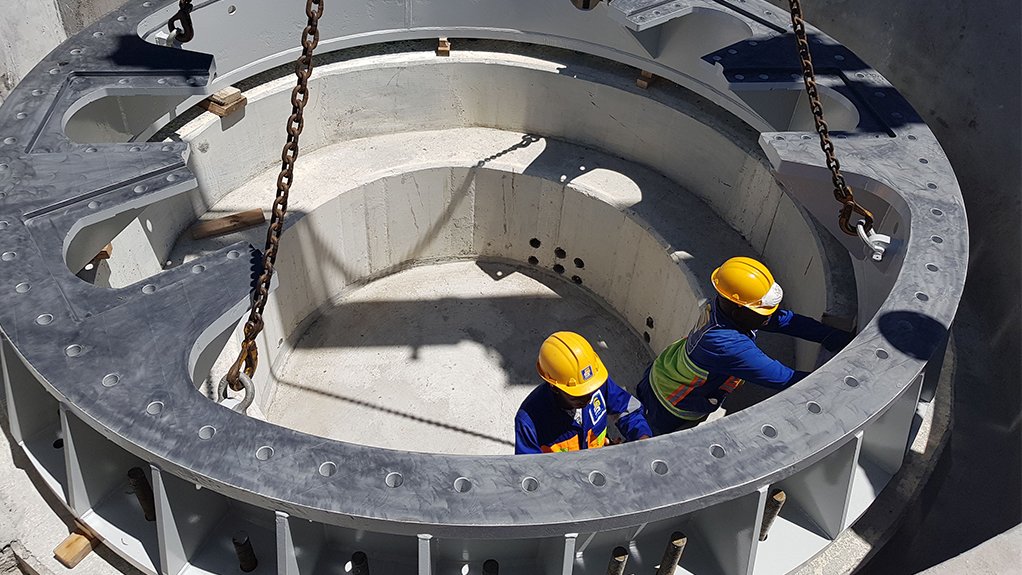The steel industry is emerging from the challenging period caused by global commodity issues in 2016, followed by Covid-19-related disruptions, and now the Ukraine war.
South African Institute of Steel Construction (SAISC) technical director Amanuel Gebremeskel says the South African steel industry is starting to come out of the difficult period, which the SAISC hopes will be more favourable for the industry.
"In South Africa, I believe the market is turning a corner, and members of the steel industry that are involved in exports are doing well,” he says.
Government funding has also started to flow into the local construction industry, following the past two years, during which funding had to be focused on efforts to deal with the pandemic.
However, price and steel availability remain significant challenges, which continue to impact on the industry. Disruptions to the steel supply chain have resulted in prices being very difficult to pin down, says Gebremeskel.
Further, many steel mills have been shut down or are running on reduced capacity, and the remaining steel mills are now under pressure to try to produce sufficient steel to meet demand, he explains.
In response to supply chain challenges, the SAISC has focused on encouraging steel industry professionals to design products differently using, for example, alternative shapes and forms.
The institute offers courses that provide information and knowledge for companies in the steel supply chain, consequently enabling the Institute to assist the industry in finding innovative ways of mitigating and resolving steel availability issues, says Gebremeskel.
He elaborates that price-related challenges are more difficult to address as they are caused by market disruption. The SAISC tries to mitigate such issues by facilitating transparency and offering information on available supplies, as well as through networking and connecting different members of the steel industry.
“We cannot become directly involved in pricing – the market simply has to stabilise,” says Gebremeskel.
When dealing with market disruption issues, the most important commodity for industry players is information, he declares.
Therefore, the institute plays a significant role as a collator of information, which it then packages as industry-specific knowledge aimed at SAISC members and government, as well as other role players and stakeholders in the steel supply chain.
For example, the SAISC can facilitate knowledge-sharing regarding available supplies, as well as assist in producing cost estimates and managing costs.
The institute curates and distributes such knowledge, helping architects and engineers with redesigning challenges, and in so doing, supporting steel industry stakeholders amid the various challenges affecting the industry, Gebremeskel concludes.
Edited by: Zandile Mavuso
Creamer Media Senior Deputy Editor: Features
EMAIL THIS ARTICLE SAVE THIS ARTICLE
ARTICLE ENQUIRY
To subscribe email subscriptions@creamermedia.co.za or click here
To advertise email advertising@creamermedia.co.za or click here













